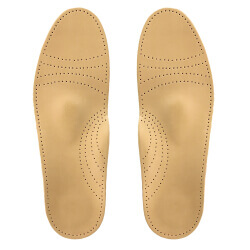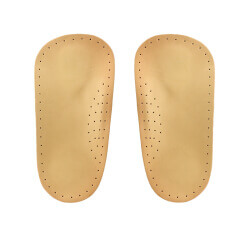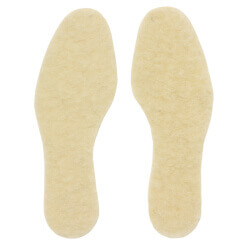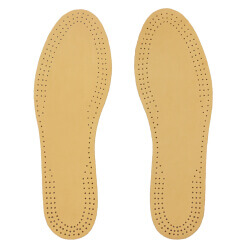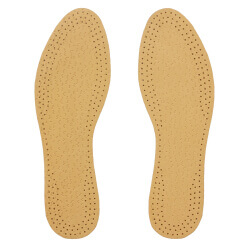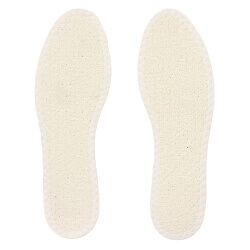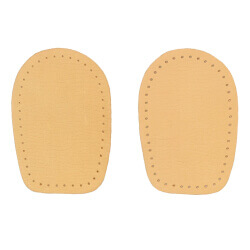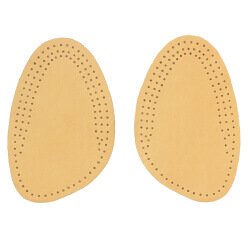Your shoes are too big: What are the solutions?
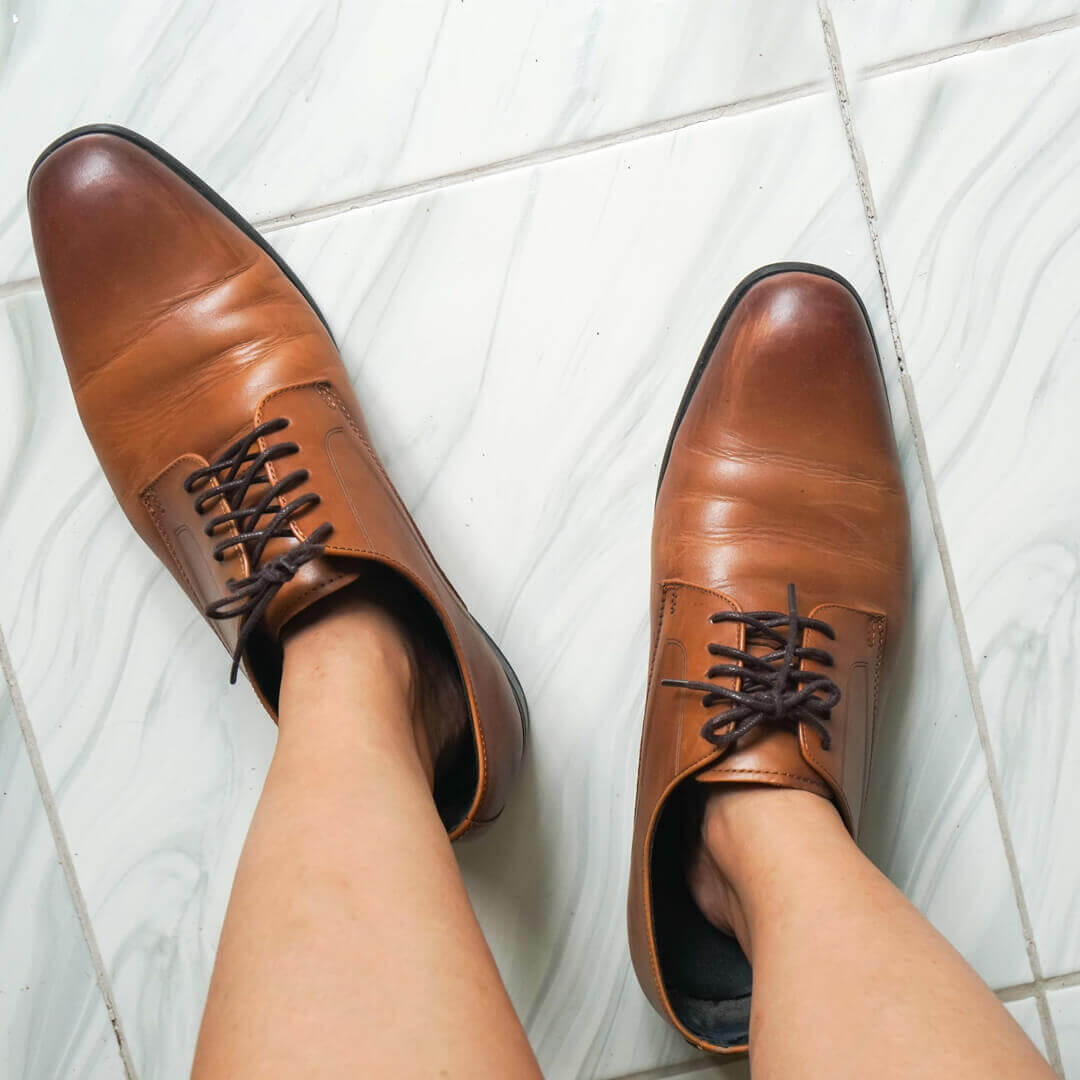
Summary
Simple tips for fitting oversized shoes Why are oversized shoes a problem? How can you tell if a shoe fits properly? Tips for wearing large shoes without discomfort 1. Solutions to improve heel and instep support 2. Overall fit thanks to insoles 3. Accessories for precise fit and comfort Products used
Simple tips for fitting oversized shoes
It's not uncommon to buy shoes that are slightly too big, either because of a sizing error or because you bought them online. Ill-fitting shoes can quickly become uncomfortable, causing blisters, chafing and pain when worn for long periods. Fortunately, there are a number of simple solutions you can use to close the gap and ensure an optimal fit without sacrificing comfort. This comprehensive guide shows you effective ways to adjust your oversized shoes so you can wear them without discomfort. You'll find practical solutions for fitting your shoes without compromising on style, whether you want to fill the space with a pair of sports shoes, closed-toe shoes or even dressier styles. You won't have to wear two pairs of socks or thick socks. Likewise, you'll also avoid certain common but ineffective tricks, such as trying to dry your shoes in the sun after wetting them slightly to tighten them. Note that this method is not recommended for leather shoes as the sun can damage the material. So, with these effective tips for fitting an oversized pair of shoes, you can easily fill the space and enjoy your new pair of shoes without any discomfort.
Why are oversized shoes a problem?
Finding the perfect pair of shoes can be a challenge.
Choosing a larger size may seem like an easy solution, especially during promotions or for limited edition styles. However, once worn, the discomfort associated with the wrong size quickly becomes apparent. Shoes that are too small also cause pain and chafing. Wearing shoes that are too big can be detrimental to your health and comfort. The lack of support exposes your feet to excessive movement, causing rubbing, blisters and back pain. Your toes are put under unnecessary strain, which can lead to long-term pain and deformity.
What's more, ill-fitting shoes can affect your posture and natural gait. For the best fit, try on shoes at the end of the day when your feet are slightly swollen. This will reflect the maximum size of your feet after a day's activity and ensure comfort at the end of the day.
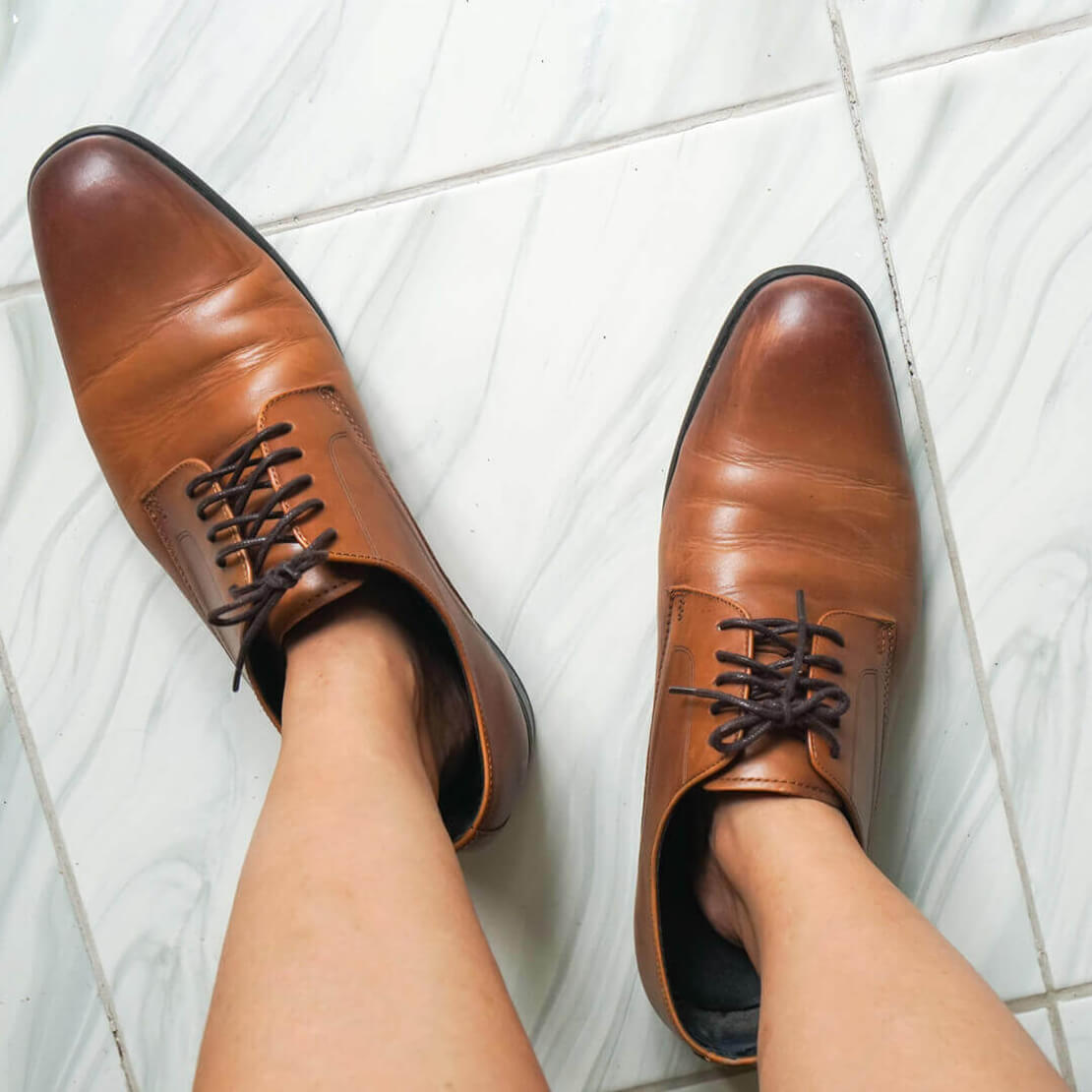
How can you tell if a shoe fits properly?
A huge shoe is easy to spot: your feet float inside, and you can easily take them off without untying the laces.
For a good fit, there should be a gap of 1 to 1.5 cm between the tips of your toes and the toe of the shoe. The heel should be well-supported to prevent slipping. It should also fit comfortably around the widest part of the foot, without being too tight or too loose. The sides should surround the foot without excessive pressure, and the heel should fit snugly without slipping, allowing the sole to flex naturally.
For example, in closed shoes such as boots or classic dancing shoes, it is important that the widest part of the foot is comfortably enveloped without excessive pressure.
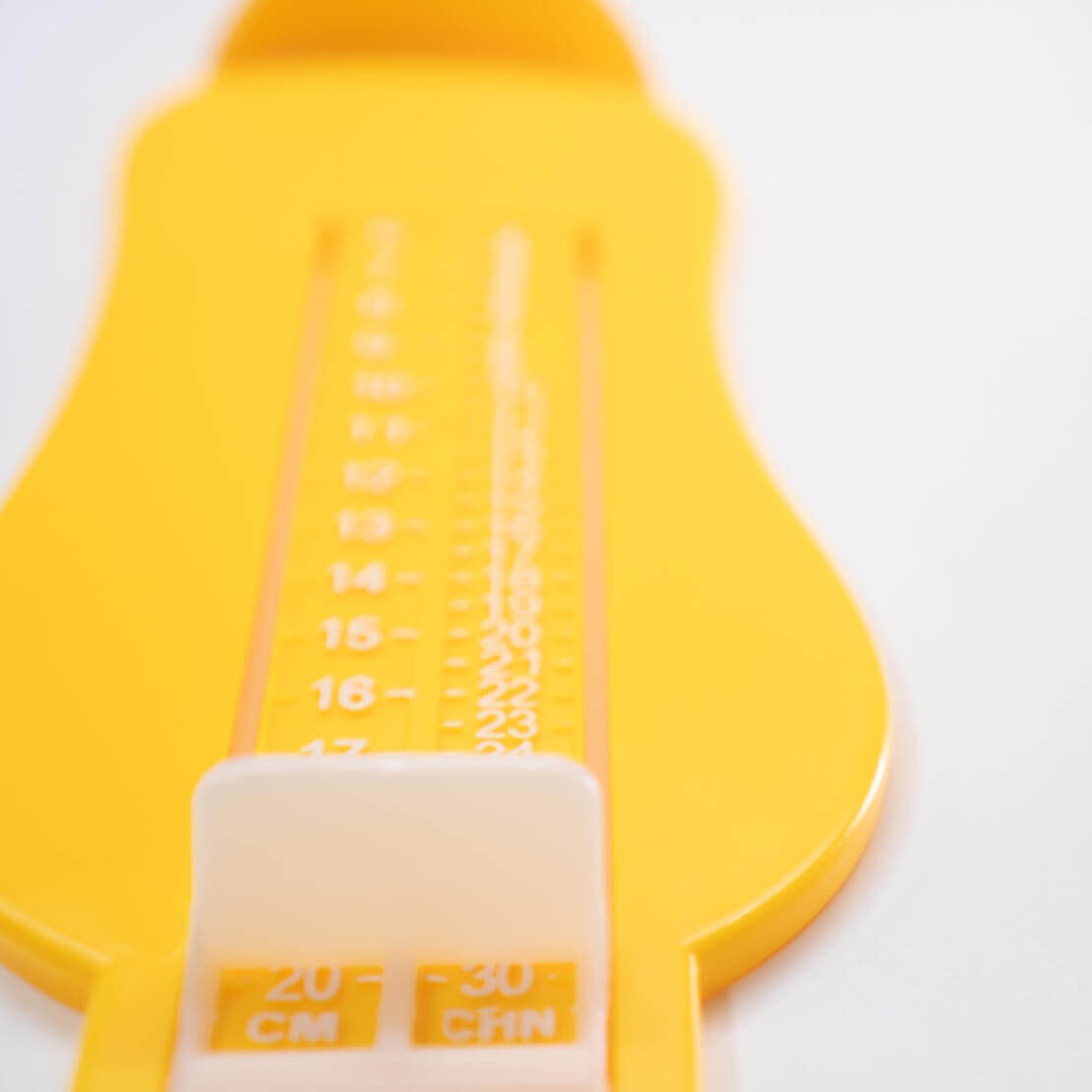
Tips for wearing large shoes without discomfort
Fortunately, it is possible to wear oversized shoes without discomfort.
There are a number of simple, practical tips to help you fit your shoes effectively and make them more comfortable. There's no need to sacrifice style for a slightly larger size: with the right solutions, you can maintain good foot support while avoiding the discomfort of excess space.
Here are some in-depth tips to ensure a good fit for all your dress and sports shoes:
1. Solutions to improve heel and instep support
1. Heel grip
Shoes often have a leather heel cup for optimum grip. If the heel still slips, a shoemaker can add another heel slide to compensate for the excess volume and improve heel support. This solution is particularly recommended for shoes made of leather or rigid materials that do not easily adapt to the shape of the foot.
2. Tongue pad
The tongue pad is ideal for bridging the gap between the instep and the shoe, particularly in moccasins. Placed under the tongue, it provides a secure and comfortable hold, improving the fit of the shoe while remaining discreet. This handy accessory does not change the look of the shoe, but significantly increases comfort. The tongue pad is an effective solution for transforming and filling the space in your slightly oversized shoes into a well-fitting pair, without the need for permanent alterations.
2. Overall fit thanks to insoles
3. Full and half insoles
Full and half insoles are a simple solution to fitting oversized shoes.
Full insoles reduce the space along the entire length of the shoe and provide extra support under the whole foot, which is particularly useful when the foot floats in the shoe. Half insoles, on the other hand, adjust mainly at the front of the shoe, providing better toe support and reducing excess space.
Choose full insoles for support along the entire length of the foot (boots, sports shoes) and half insoles for dress shoes that require adjustment at the front. Note, however, that if you choose insoles that are too thick, they may raise the foot, compromising the fit of the heel and increasing the risk of heel loss. For a bespoke insole, consult a shoemaker to ensure a good fit.
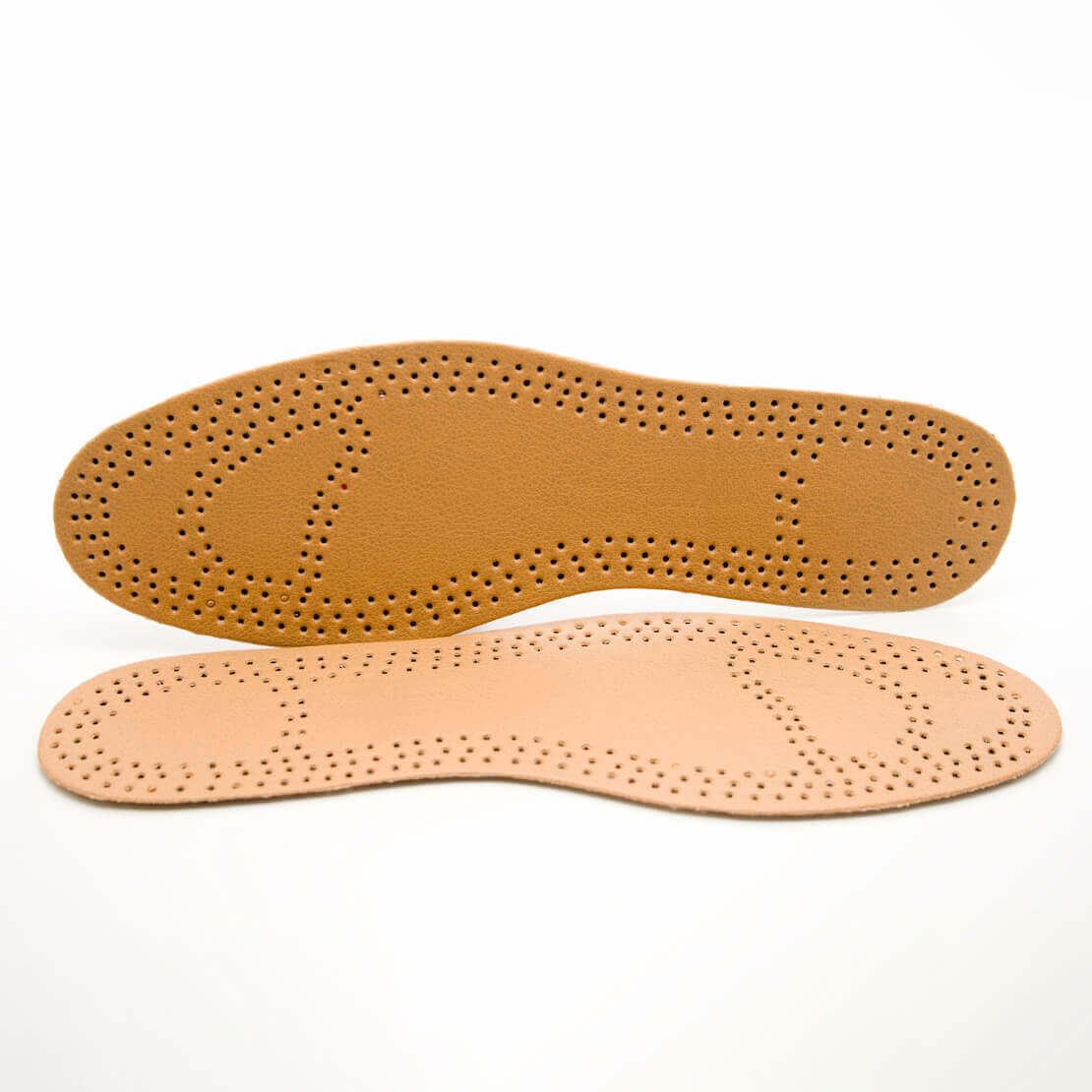
3. Accessories for precise fit and comfort
4. Heel and instep pads
Heel and instep pads are ideal for preventing rubbing and improving fit in slightly oversized closed shoes. Heel pads prevent slipping and reduce the risk of blisters, while instep pads reduce internal volume for a better fit. Available in gel, foam or leather, each material has its advantages: gel offers cushioning comfort, foam is lightweight and flexible, and leather provides a firm, durable fit, ideal for dress shoes.
5. Tongue Pads
Tongue pads fit under the tongue of lace-up shoes to adjust the volume at the instep, providing better support without affecting the forefoot or heel. These pads are suitable for people with a low instep or when the shoe has excess volume at the toe. They reduce space, improve balance and limit internal slippage, making the shoe more comfortable to wear. Tongue pads help maintain correct posture and minimise the discomfort associated with ill-fitting shoes, while maintaining the look of the shoe. With these simple and accessible tips, you can say goodbye to discomfort and get the most out of your shoes, whatever size they are!

